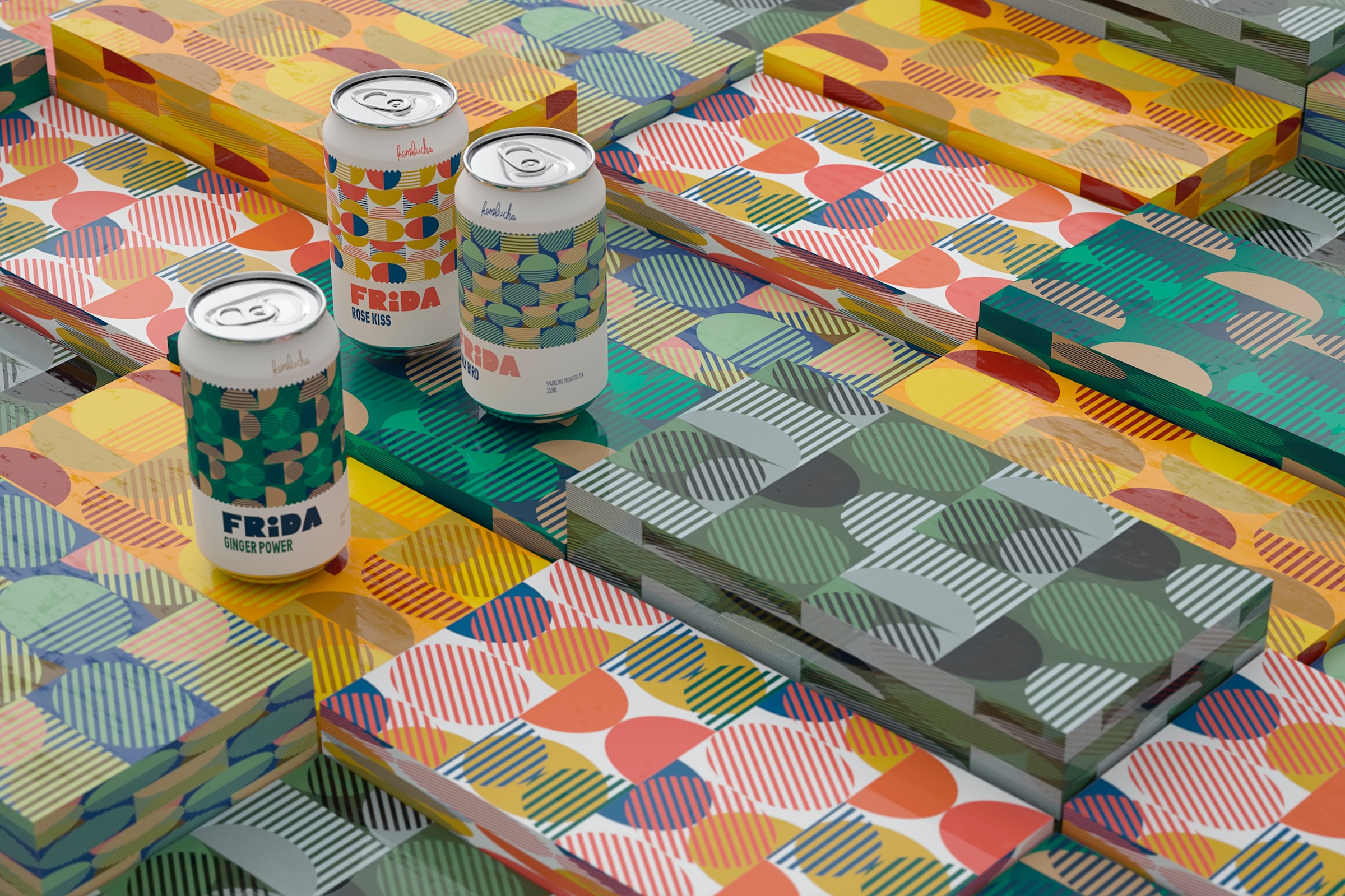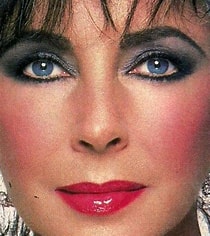The Power of Color: How to Make Your Products Stand Out

Never underestimate the power of color on labels. Color impacts marketing, and very often, the color or colors on the product label draw the most attention.
Studies have shown that up to 90 percent of snap purchasing decisions are based on color alone. Color can influence how consumers perceive a brand, its products, and its messaging. It can also evoke certain emotions and motivate consumers to take action…like purchasing your product.
For example, red is often associated with excitement, passion, and urgency. This is why it is often used in sale signs and call-to-action buttons.
But red can be associated with other feelings. For instance, is also used to represent strength, power, danger, stop, warning, etc.
Blue, on the other hand, is often associated with trust, security, and reliability. This is why it is often used in branding for banks and other financial institutions. You’ll also find these banks – thank Chase Bank – use blue labels on various items such as pens, paper, packaging material, brochures, etc.
Things to Consider When Selecting Colors
When choosing colors for your marketing labels, it is important to consider the following factors:
- Your target audience: What colors are they drawn to? What colors do they associate with your industry?
- Your brand identity: What colors represent your brand’s personality and values?
- Your marketing goals: What emotions do you want to evoke in your audience? What actions do you want them to take?
Here are some tips from our GENflex Labeling Solutions‘ designers for using color effectively in your marketing and on your product labels:
- Use a consistent color palette on labels and across all marketing materials. This will help to create a cohesive and recognizable brand image.
- Use contrasting colors to make your designs stand out.
- Use bright-colored labels to grab attention and create a sense of excitement.
- Use muted colors to create a sense of calm and sophistication.
- Use color psychology to evoke specific emotions in your audience.
Now that you know more about how color can impact the sales and marketing of your products, here are more colors and what they can say about your product:
Red. A red label on a product typically conveys strength, as mentioned earlier.
Orange. This color is often used for products designed for younger consumers.
Yellow. Consider yellow for a product frequently used in the morning. It says, “Good morning,” it’s happy

and friendly.
Green. Green labels have come to symbolize health, promote health, or are eco-friendly products.
Purple. With the aid of photography and contact lenses, Elizabeth Talyor’s blue eyes always looked violet or purple. She liked these colors because they say “royal” and “luxurious.” It was the same color she used on many of the labels for the products she marketed.
White. The color white is often used to suggest that a product is pure. Many soaps use white labels.
This tells us there is more to color and making product labels than may initially meet the eye. The more experienced and technically savvy the label manufacturer you work with, the more effective will be your marketing campaign.
Genflex Labeling Solutions delivers labeling solutions for your brand and your products. Learn more about how we can help you succeed here. Genflex is a General Paper Company.
